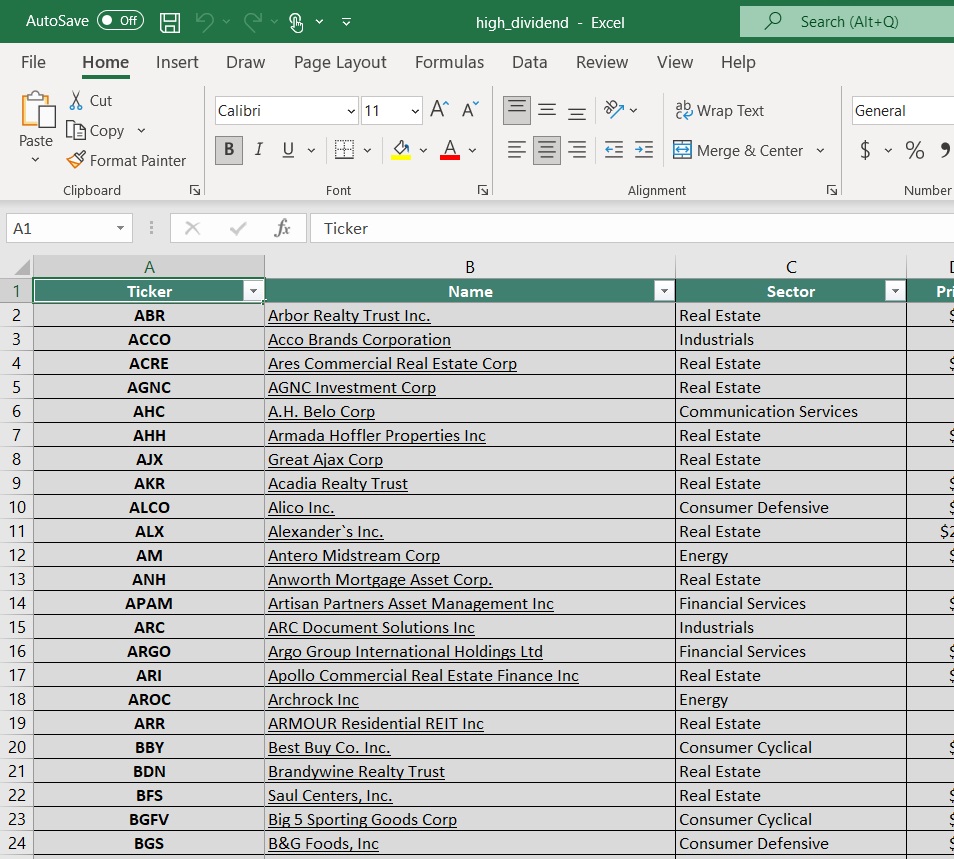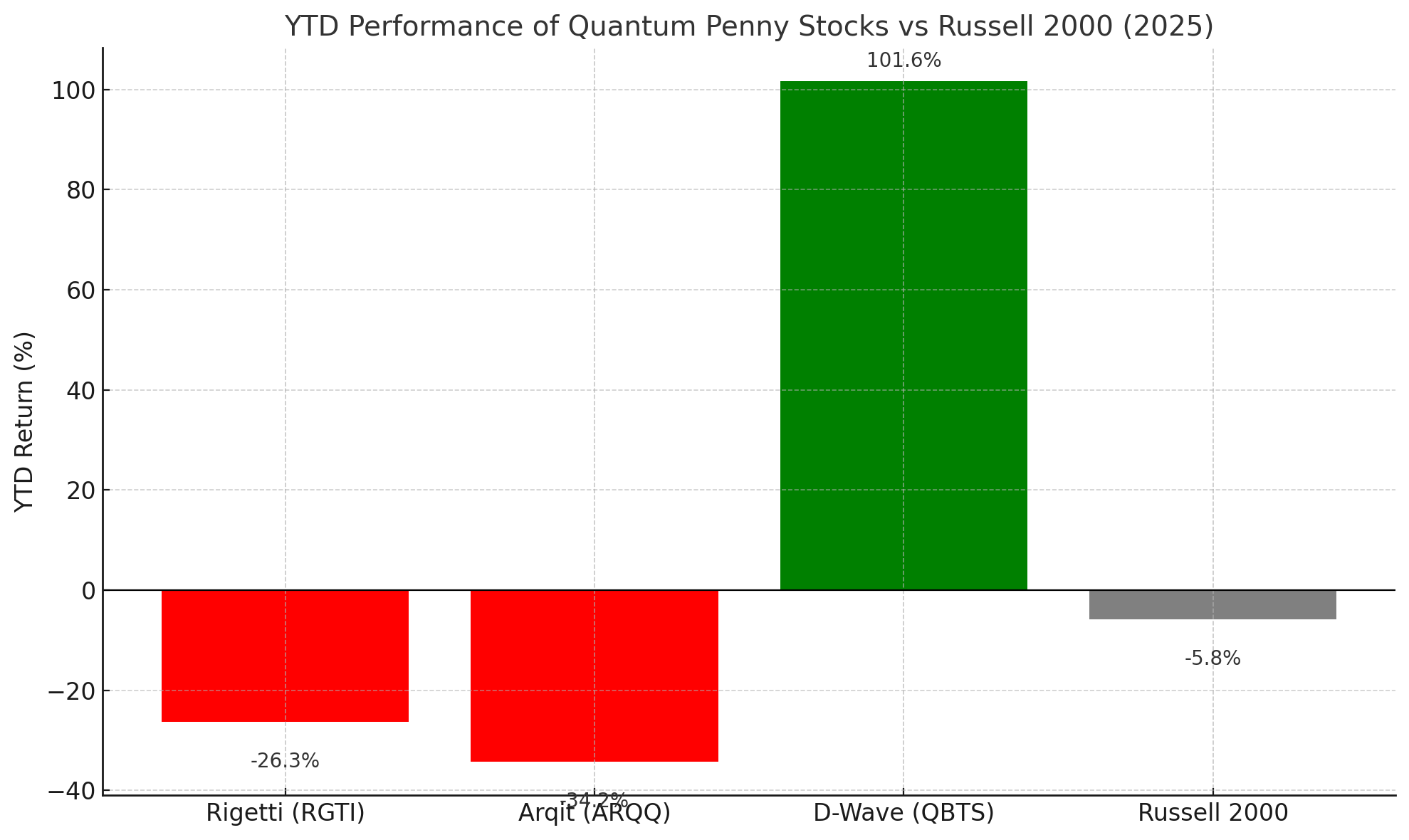The shopping mall has been a staple of American life for what seems like forever. Our lifetimes, however, are not forever, and there was a time when malls were nothing but the figment of architect Victor Gruen’s imagination. And given the long-term trajectory of malls in the United States (and abroad), that time may soon come to an end.
Shopping Before Malls
Back in the benighted days of the early 20th century, shopping was more local and diffuse. There were many small neighborhood stores selling a variety of goods. The consumer economy we have now, with easily recognizable brands at almost identical franchise stores, didn’t exist (or, more accurately, were just coming into being).
One website describes the process of shopping based on the notes of a webmaster’s mother in the early 20th century:
“There were no supermarkets to sell everything in one visit. So we had to go to all sorts of different shops…So shopping was a lengthy business. This was especially so because even [sic] everyone was served individually and had to wait while the shopkeeper went to get or took out every single item. Also, many of the goods had to be weighed out and wrapped for each customer, and social chit-chat was expected.”
The first modern invention in regard to shopping was the department store, which started appearing at the beginning of the century. American Harry Gordon Selfridge opened the eponymously titled Selfridges department store in London in 1909, and such stores started appearing all over Britain and the United States in short order.
Marketing started to come into its own at the same time. The first modern window displays appeared at the end of the 18th century. Neon-lighted signs were first introduced in 1910, followed by realistic wax mannequins and other such displays.
Slowly but surely, the good and bad of many small shops were replaced with the good and bad of more centralized, big-box stores. Putting a bunch of stores next to each other in one place was the logical next step.
The Southdale Center and the Rise of the Shopping Mall
Malls actually began with strip malls (a bunch of stores connected to each other, usually with a large anchor tenant but no common areas). The first such mall was The Park and Shop, which opened in Cleveland Park, Washington, D.C., in 1930. (In this case, it was anchored by the very-’30s-sounding Piggly Wiggly.)
Technically, even before that, an outdoor shopping mall opened where I live in Kansas City in 1922. But when people think of malls, they don’t think of strip malls or outdoor shopping areas, but instead, large buildings with common areas, food courts, kiosks, and lots of stores selling just about everything you can imagine.
The first such mall was the brainchild of Victor Gruen and Elsie Krummeck and opened in Edina, Minnesota, in 1956. The Southdale Mall is still here today, with over 120 stores, including Macy’s, Michael Kors, and J. Crew.
In 1943, Gruen and Krummeck were asked by Architectural Forum to submit a proposal for what an ideal shopping center would look like after the Second World War. As Gruen and Associates note on its website:
“Integrating planning ideas with architectural design, Victor Gruen envisioned the enclosed regional shopping mall as ‘livable’ and ‘lovable’ spaces that encouraged people to get out of their cars and interact with each other. Beyond a collection of shops, these centers were flooded with daylight, filled with public art, and housed ‘sidewalk’ cafés, similar to European streets where people interacted in lively pedestrian environments.”
In 1948, Gruen was stuck in Detroit during a snowstorm and used the opportunity to approach Oscar Webber, the head of Hudson’s (the second-largest chain of department stores in the country at the time) with the idea. Hudson agreed to finance several malls, seeing them as a great opportunity, particularly for people who had moved out of densely populated cities into more spread-out suburbs. Southdale Mall began construction in 1952 and opened in 1956.
The move to the suburbs was a trend that began to accelerate in the late 1940s, especially as cars became more common. Shopping at a bunch of small stores (or even a few large department stores) may have been a bit taxing in a dense city, but in a sprawled-out suburb, it was nearly impossible. Thus, the appeal of shopping malls should not be surprising.
Nor should the growth of shopping malls, which skyrocketed after Southdale, although the pace of construction might be. As Big Commerce notes, “[By] 1960, there were more than 4,500 malls, accounting for 14% of all retail sales.” In the mid-1990s, malls were being constructed in the United States at a rate of 140 per year.
Malls became a staple not just of how we shop but of American culture in general. Kids meeting at the mall after school, spending a day at the mall watching a movie at the movie theater, grabbing lunch in the food court, meandering about doing “retail therapy,” and the like became as American as apple pie (which you could purchase at the food court if you felt like it).
This, however, was the peak of the enclosed shopping mall. The Great Recession in 2008 grounded new mall construction to a halt at a time when the internet was eroding the once-sturdy foundations of the mall economy as if they were Roman coins having their silver content degraded year over year until the Goths, Huns, and Vandals (i.e., Amazon, eBay, and Alibaba, in this tortured analogy) finally sacked Rome (or in this case, shopping malls).
The Internet and the Fall of the Shopping Mall
There were 37,000 shopping malls in the United States in 1970, which nearly tripled to 103,000 in 2005. But then growth stagnated, and by 2017, there were 116,000, up only 1,000 from 2013’s number.
At the same time, rents have been slowing and vacancy rates increasing. In 2016, almost 75% of malls had a vacancy rate of 10% or less. By 2021, less than half could say that.
And while COVID certainly had something to do with such a decline, even in Q4 of 2019, before the pandemic even began, almost 40% of malls had a vacancy rate over 10%.

Furthermore, some malls are simply dead, completely vacant, and abandoned. As of 2016, there were 300 such dead malls in the country. And these are the big, enclosed malls that are (or at least were) destination points. There are about 1,000 such malls (the 116,000 number includes all malls), and only 700 are still operating.
Even the largest mall in the United States, aptly named Mall of America, is half-owned by banks and greatly struggling. Meanwhile, one YouTuber took an eerie walk through the Embarcadero Center in San Francisco, and it has been all but completely abandoned. (However, that has a lot to do with San Francisco’s specific struggles.)
All in all, some experts believe there will only be 200 major malls left by 2040. There are many reasons for this decline, but the biggest one is by far the rise of e-commerce. Malls made it easy for shoppers to get everything in one go. But now, you can just log on to Amazon or another online retailer and buy whatever you need there—and not even have to leave your house.
In 2023, e-commerce accounted for 14.7% of all retail sales, up from just about nothing in the ’90s. But that number takes more of a bite out of traditional retail stores than it first appears because things like fine dining and gas are considered retail sales and usually not what one goes to a mall for.
Amazon, for its part, is by far the largest online retailer, accounting for 37.8% of all e-commerce. Its market cap dwarves the largest brick-and-mortar store, Walmart, and even its revenue is getting close: $573 billion overall for Walmart, compared to $514 billion for Amazon in 2022. And Walmart’s online presence has grown substantially in recent years, making up $73.2 billion of its revenue in 2022, or about 12%.
Surprisingly, in the short term, retail has stayed strong despite this trend. The long-term outlook isn’t as bright, though. Furthermore, the type of retailer people are shopping at has also changed. Smaller strip malls are doing better than large, traditional malls.
Other trends are working against big malls as well. For one, some people are using services to shop. Instacart, for example, raked in $2.55 billion in 2022. Instacart’s shoppers are shopping in brick-and-mortar stores, but given they are shopping for others, the appeal of “mall culture” means nothing to them.
In addition, people spend more time at home than before. On average, Americans spend 90% of their lives indoors, mostly in their home, cars, and place of work. This is way more than in years past.
And while this trend is not particularly healthy for individuals, it’s very unhealthy for malls. Internet culture and the “permanently online” types communicate, network, and hang out with others online. Thus, the whole culture that went along with malls is eroding.
Another societal trend that’s drawn a lot of notice among academics is the rise of social anxiety. It’s gone up from 5% to nearly 7% of adults between 2008 and 2018. And then it increased a lot more during COVID.
Again, the culture of American malls went hand-in-hand with being with friends and around lots of people. For just about anyone, shopping online is easier than going to a brick-and-mortar store. But for those with social anxiety, it’s much easier. And I don’t see much hope this trend gets better any time soon.
The Future is Grim
None of this bodes well for the future of brick-and-mortar retail in general, but it especially bodes poorly for the American mall. While malls will continue to exist, it’s likely that in 30 or 40 years, the large, enclosed malls that used to make for destination points and major attractions will become a thing of the past. Some will be reconfigured. Others will become abandoned relics, like the Colosseum in Rome (although they probably won’t be quite the tourist attraction).
The American mall was a staple of American culture and emblematic of our consumer society from the 1950s until today. But like so much else, it is slowly but surely passing into the sands of time.
Ready to succeed in real estate investing? Create a free BiggerPockets account to learn about investment strategies; ask questions and get answers from our community of +2 million members; connect with investor-friendly agents; and so much more.
Note By BiggerPockets: These are opinions written by the author and do not necessarily represent the opinions of BiggerPockets.

















